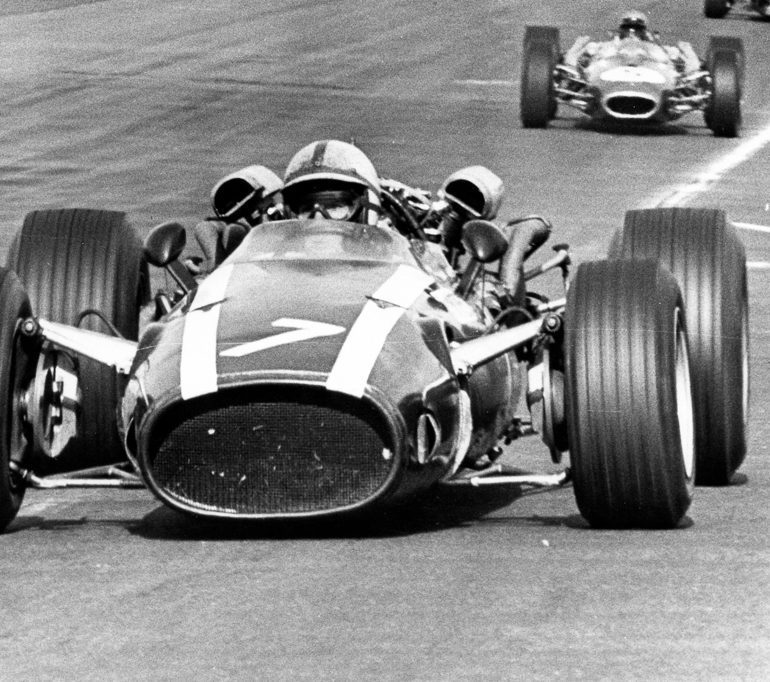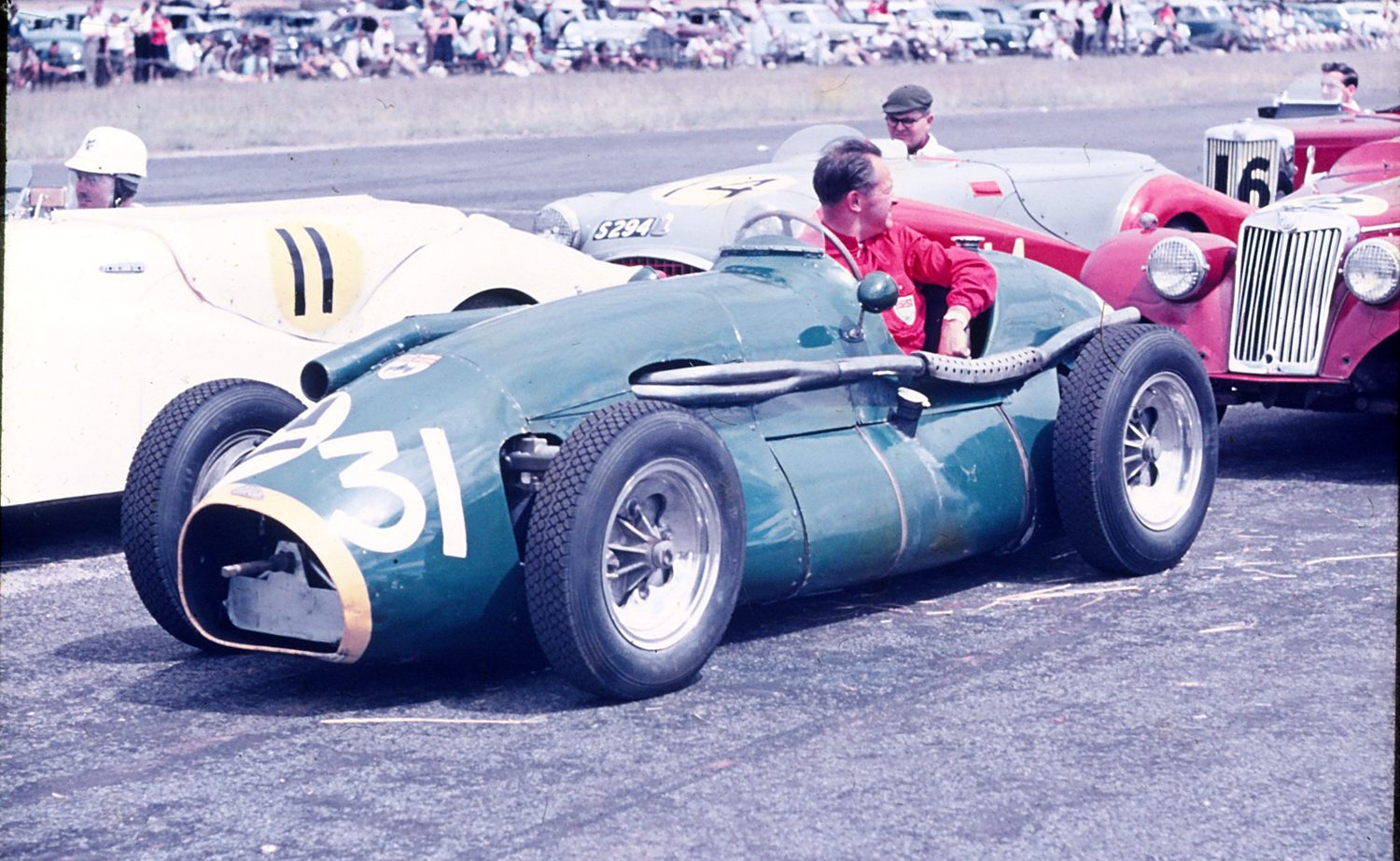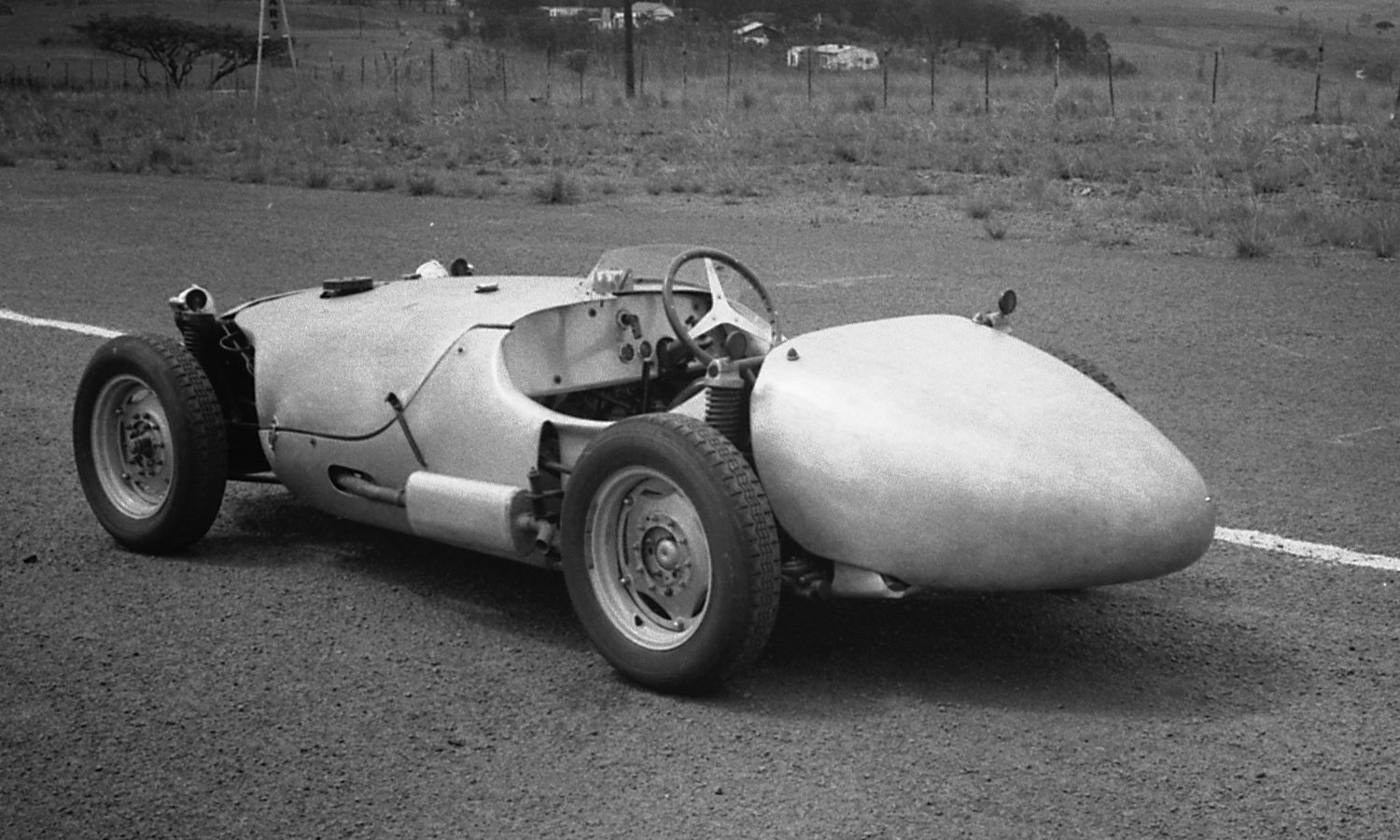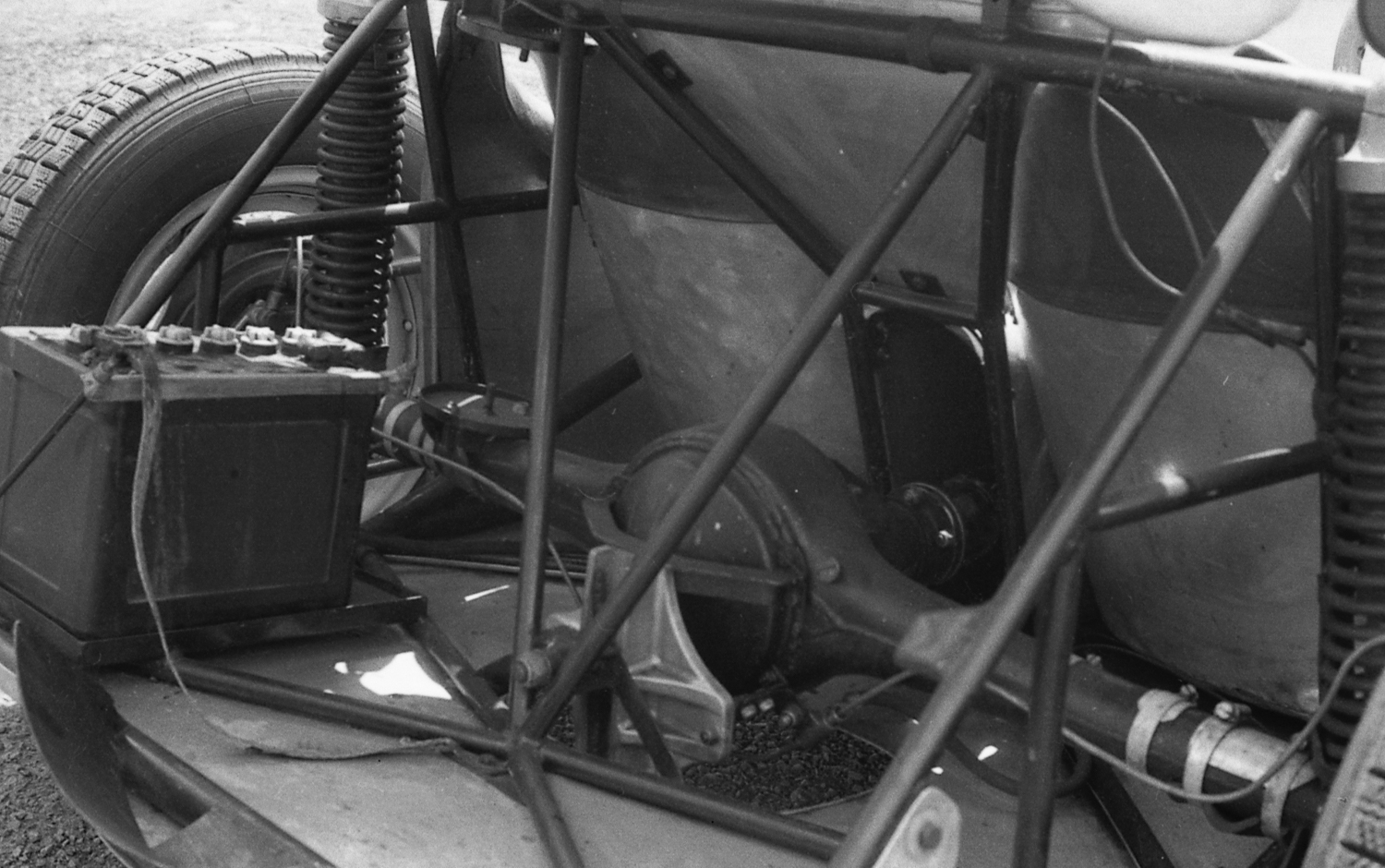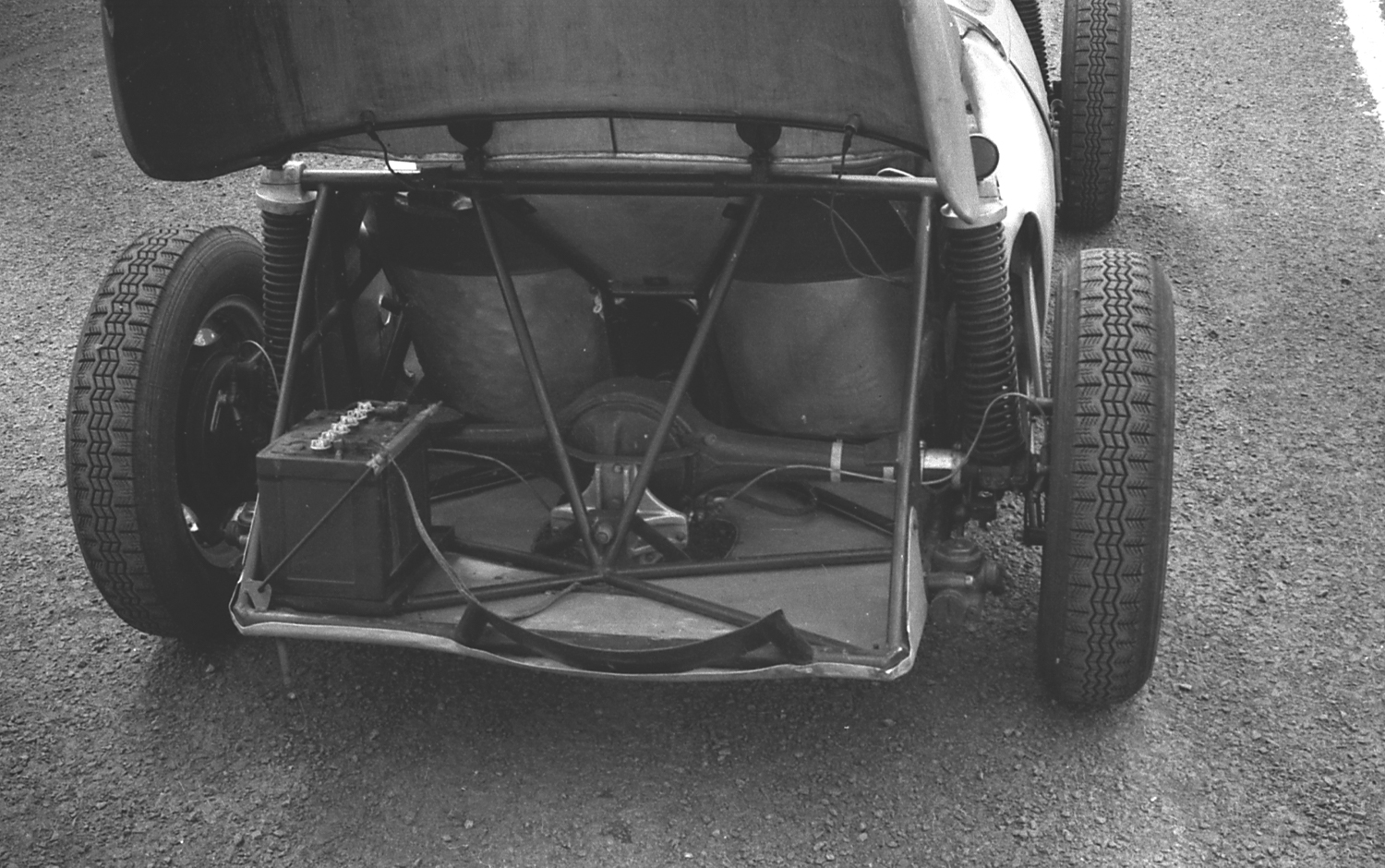On New Year’s Day of 1967 the South African Champion, John Love, was pipped at the post in the season opening South African Grand Prix at Kyalami when his Tasman Cooper faltered in the closing stages whilst comfortably in the lead and was forced to stop for fuel because of a defective fuel pump. The 42-year old Rhodesian privateer had come close to pulling off one of the biggest upsets in World Championship history with his obsolete racecar.
Pedro Rodriguez inherited the lead and raced to victory in the unloved Cooper T81 Maserati.
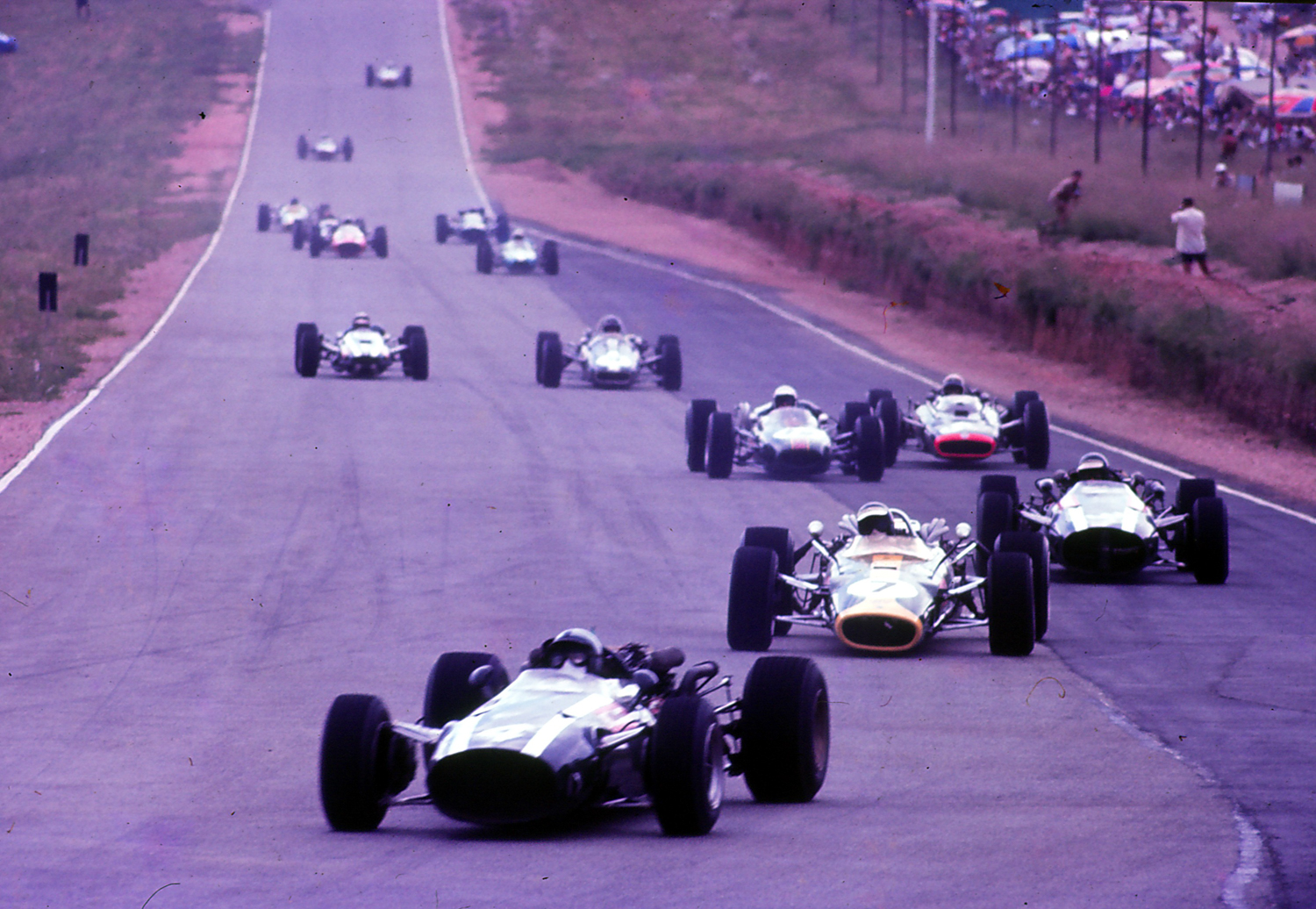
The result was a huge disappointment to the local fans for the South African Champion was a popular figure but what was overlooked was that another ‘local’ man, 37-year old Derrick White, had played a major part in the winner’s success.
Derrick White is probably one of the most unheralded of racing car designers but had an outstanding pedigree having worked at Connaught, the small, short lived and underfunded Surrey based organization that manufactured sound machines that were built to exacting standards while he also spent time with the Kieft organization.
White had been recruited to Coopers following the recommendation by Roy Salvadori and was entrusted with designing the race-winning monocoque for the V12 Maserati engine.
White came from a motor sporting background. His father ‘Bob’ White was a lawyer and worked with ‘Brud’ Bishop in organizing the 1934 South African Grand Prix. The flamboyant Bishop described him as “my vice-chairman was RG (Bob) White, a brilliant lawyer….”
Derrick qualified as a draughtsman and moved to Britain, in the early 1950s, when in his early 20s and hoping to break into motor racing. It is understood that he was involved with the design of a pair of local ‘specials’ prior to this.
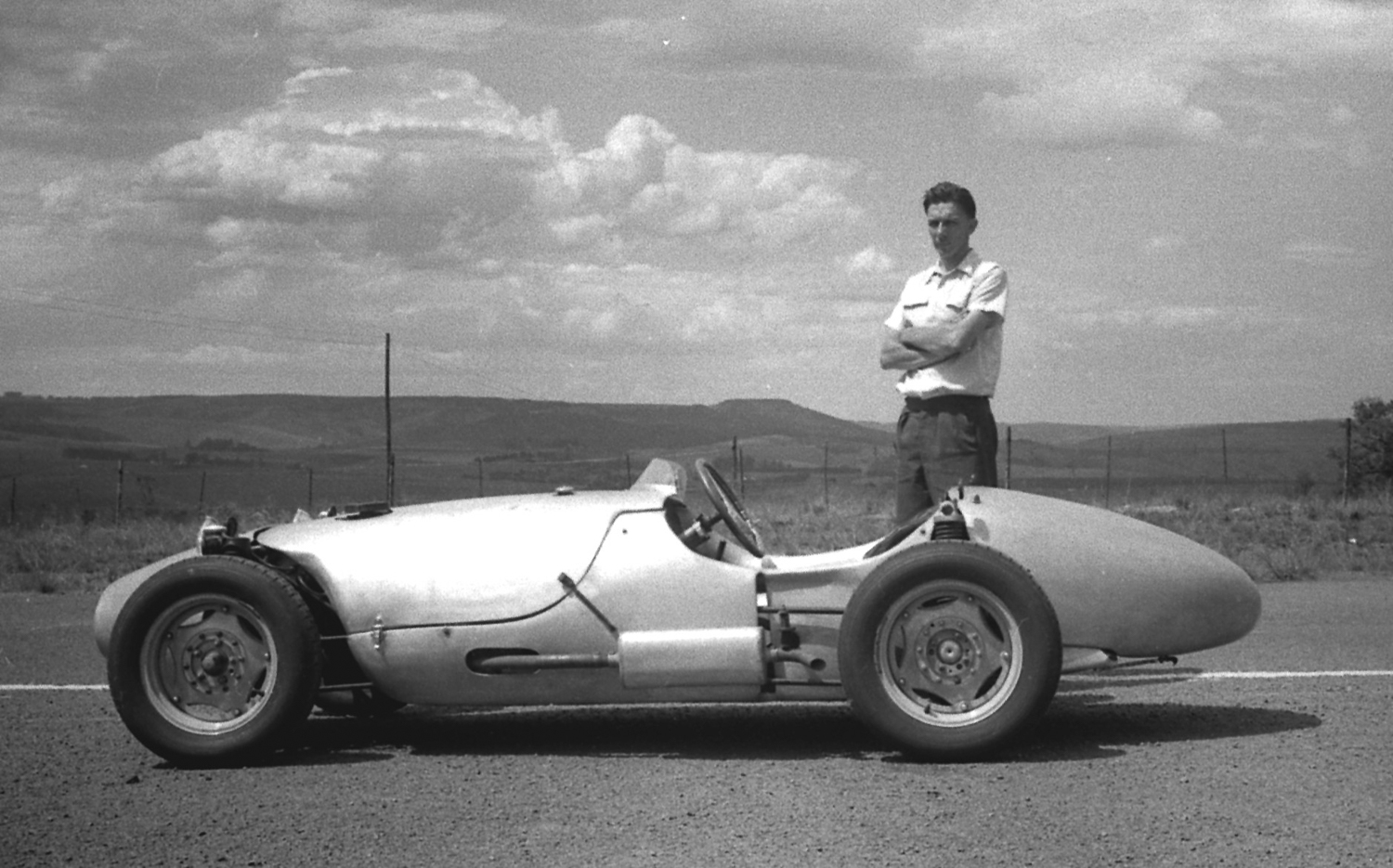
In 1958, he returned home and in his spare time became involved with MD Chapman, the proprietor of a small filling station cum workshop in Durban called Fairway Motors, so named because of its proximity to the Beachwood Golf links. They designed and built an interesting low budget ‘special’ racing car.
This little car is a focus of this Derrick White story as it was built on a shoestring, virtually in a backyard and far removed from the engineering facilities and finance of his more famous creations but it provided racing excitement and entertainment for a number of amateur drivers for many years and its story is as fascinating as those of his more famous later efforts.
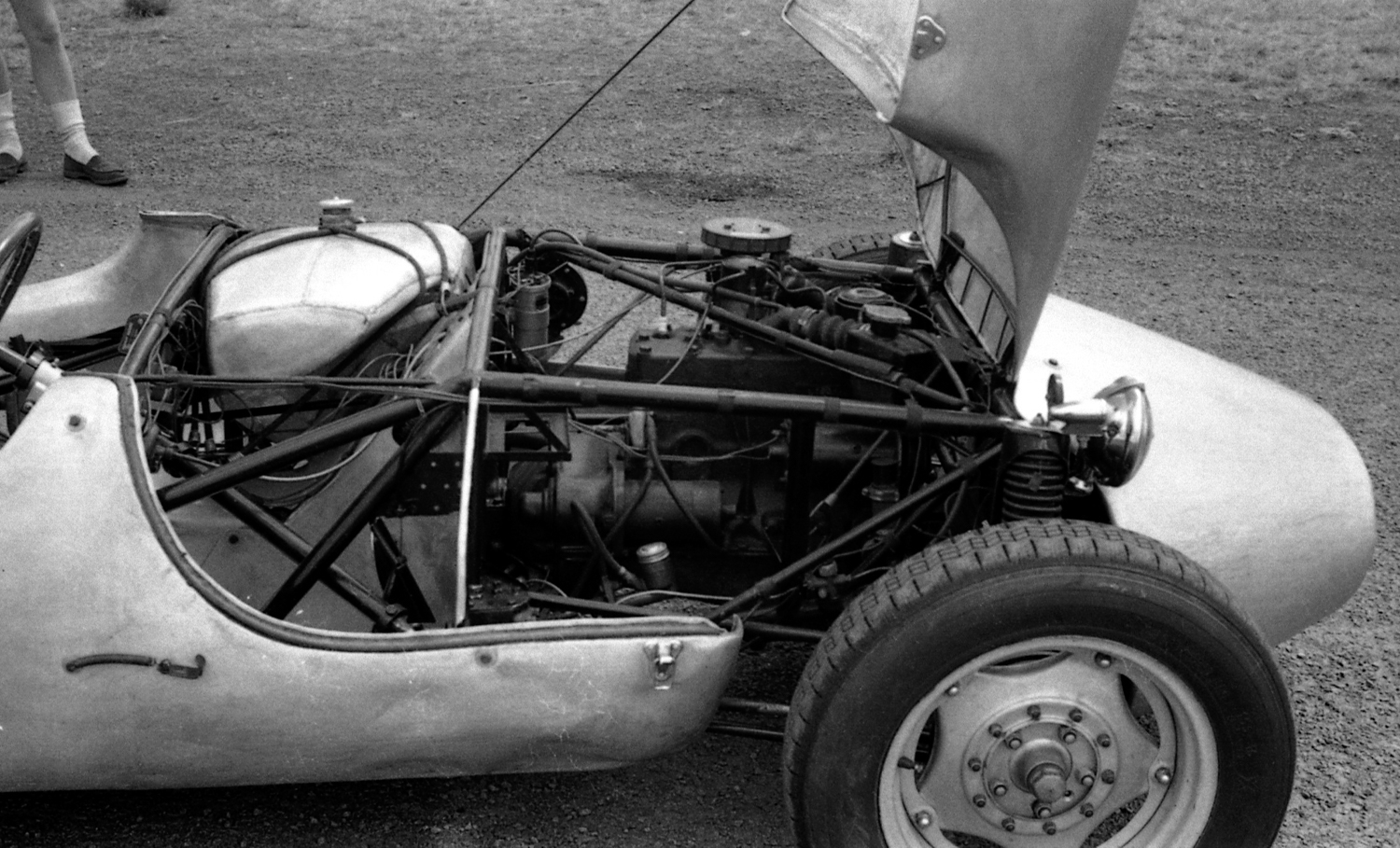
The original engine was a tried and tested 1172-cc Ford side valver but the constructors hoped to install a Coventry Climax unit once the car was satisfactorily tested.
After finishing second in its first ever race and a subsequent outing at Pietermaritzburg’s Roy Hesketh Circuit the project was abandoned and White returned to Britain where he was to join Jaguar and work on the E-Type development and then do ‘chassis’ work on the lightweight racing versions.
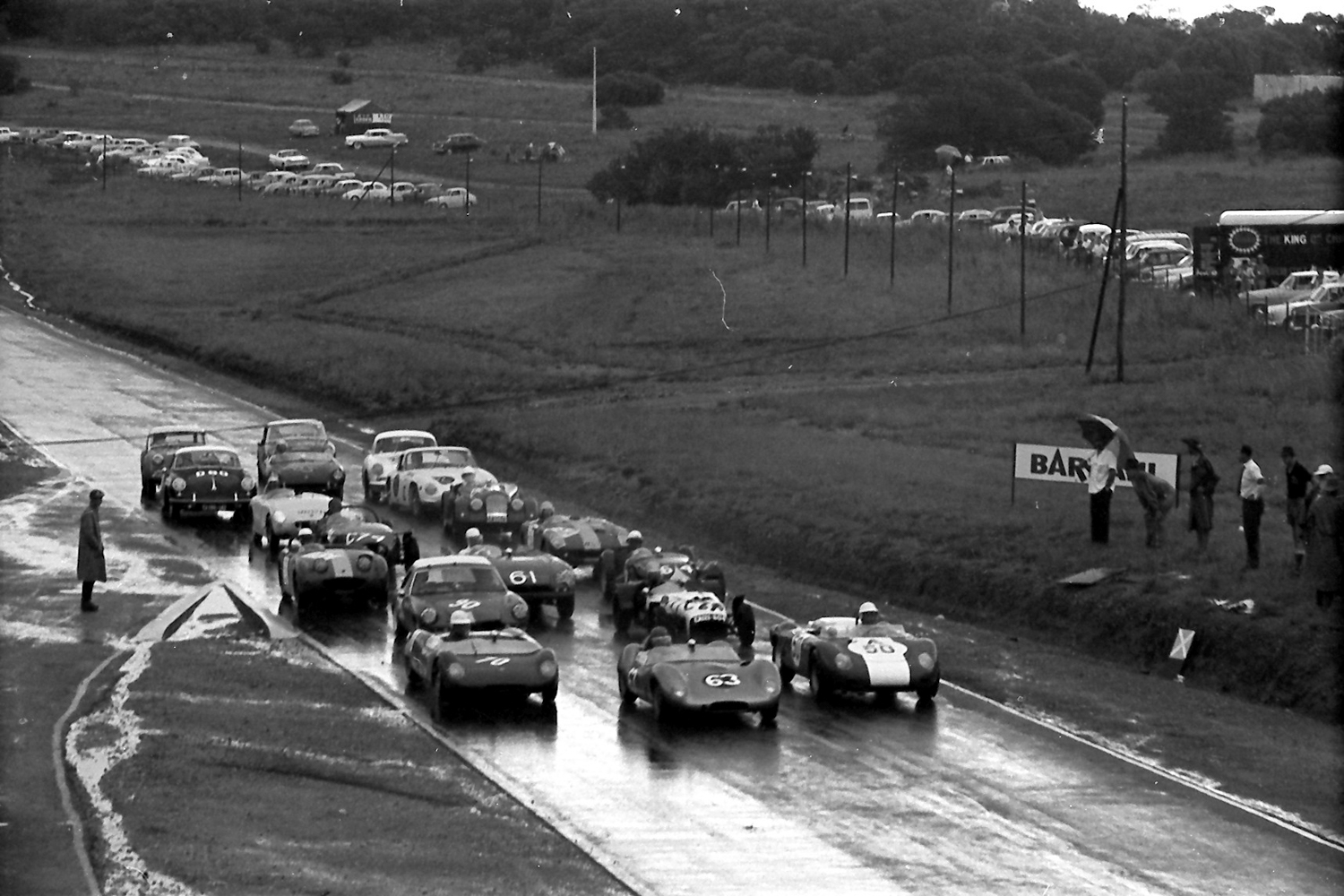
Two years later the Fairway Special was acquired by a local club racer, Andre Malan, who damaged the front suspension when crashing at a hillclimb event and this was replaced with one of a different design while at the same time a 997-cc For Anglia 105E engine was installed.
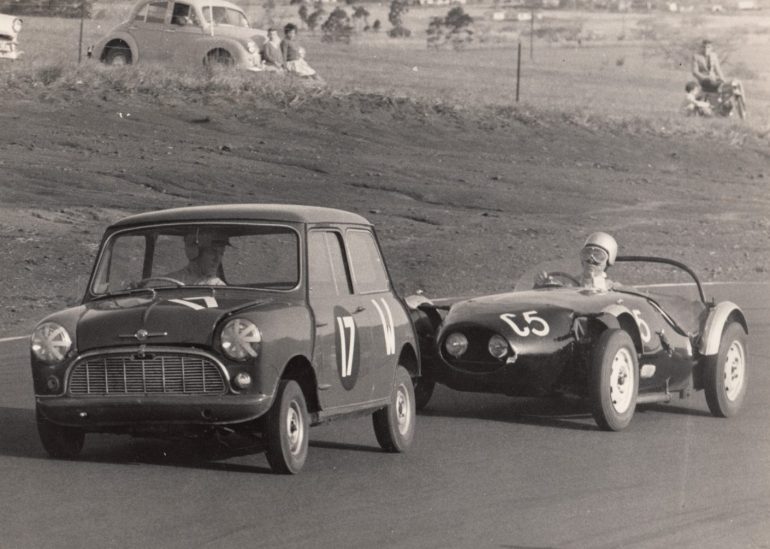
The interesting Fairway Special, cheap to run and easy to maintain, became well known on the racing scene and was campaigned by Cornelius Koekemoer in a number of National Championship sports car events during 1965 and 1966. With the Ford engine uprated to 1340-cc by dint of the Consul 315 pistons and crankshaft it proved to be a consistent place-getter in the small car class.
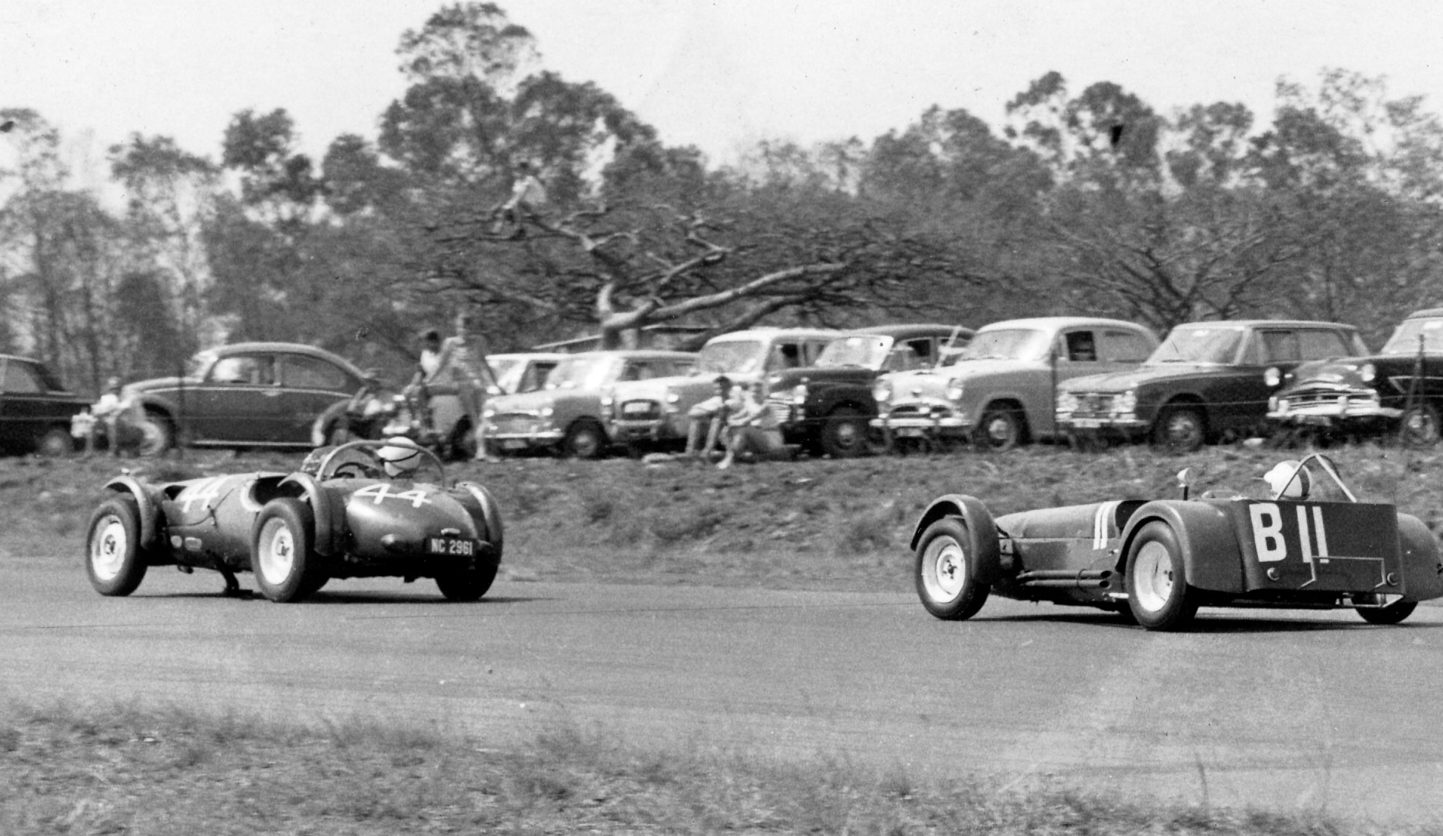
The car was then acquired by John Crookes, a sugar farmer who sponsored a number of drivers, and he began to race it in long distance events after fitting a ‘streamlined’ glassfiber body.
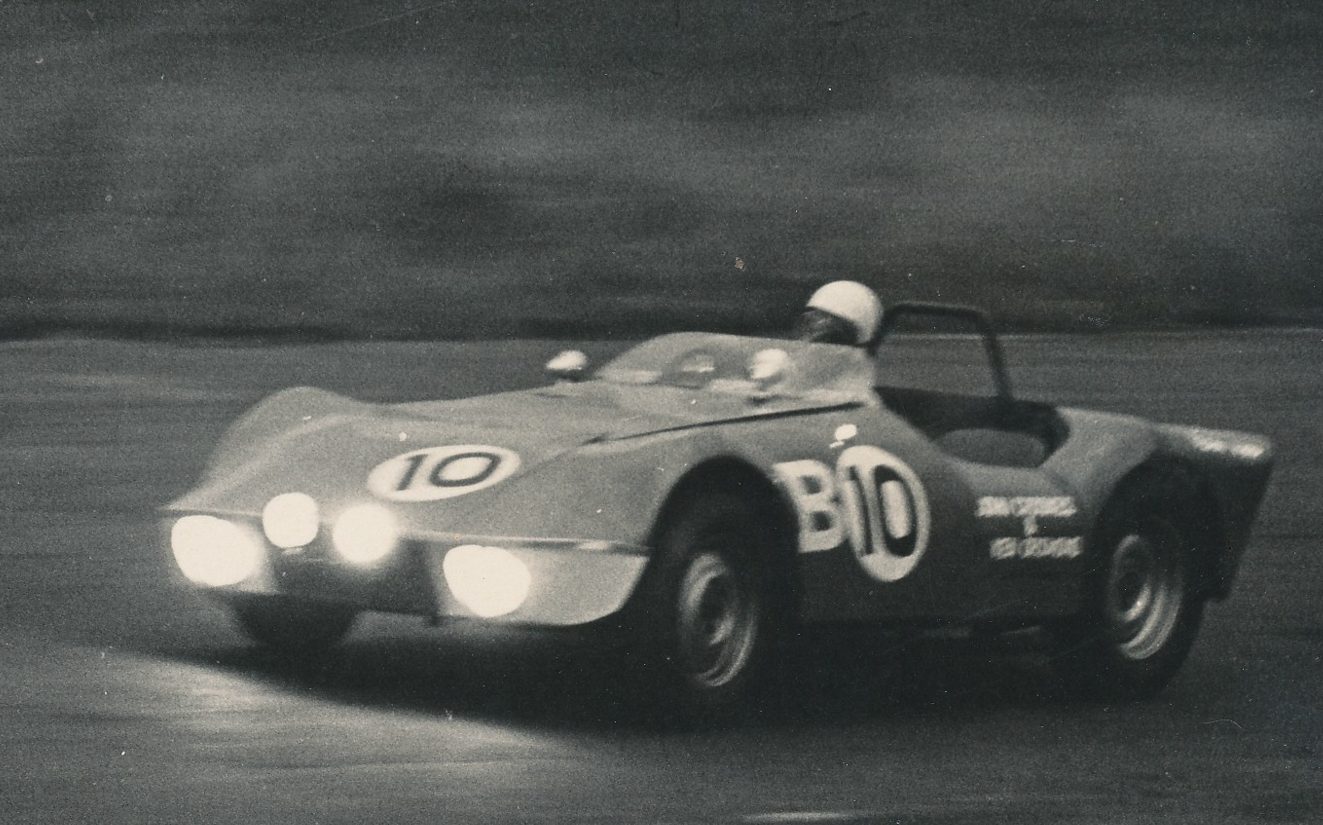
While at Jaguar, Derrick worked on the streamlined masterpiece, but ill fated, XJ13 but his ideas for the front suspension were vetoed by Bill Heynes, the chief engineer.
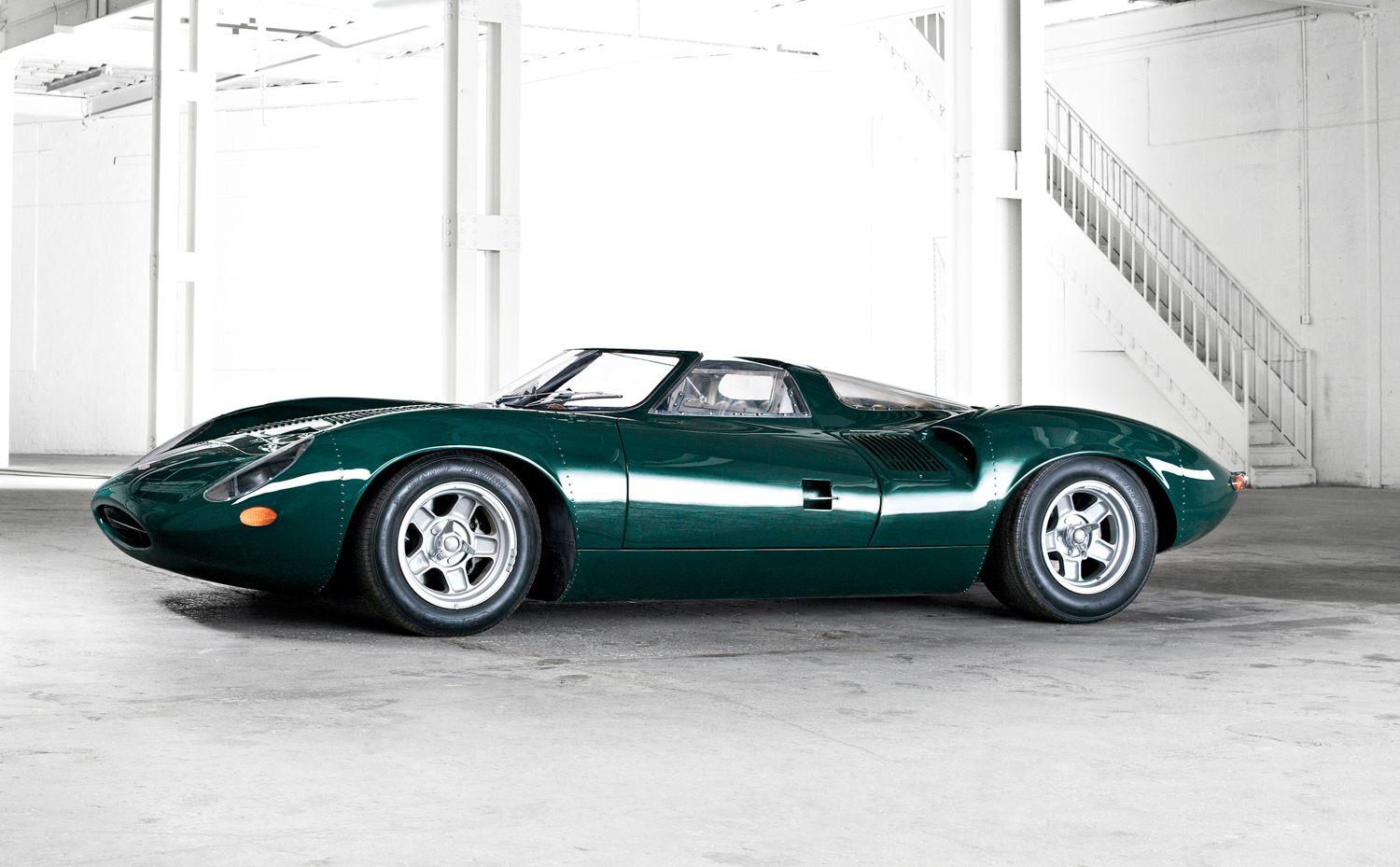
“Its structure was designed by Derrick White, while the overall shape was the responsibility of Jaguar aerodynamicist Norman Sayer, formerly of Bristol Aircraft.” Quoted Automobile Quarterly.
John Surtees was recorded as saying – “I had the highest regard for (designer) Derrick White and got on well with him” the result was that when Surtees joined Cooper results improved and the T81 was victorious in the 1966 Mexican Grand Prix.
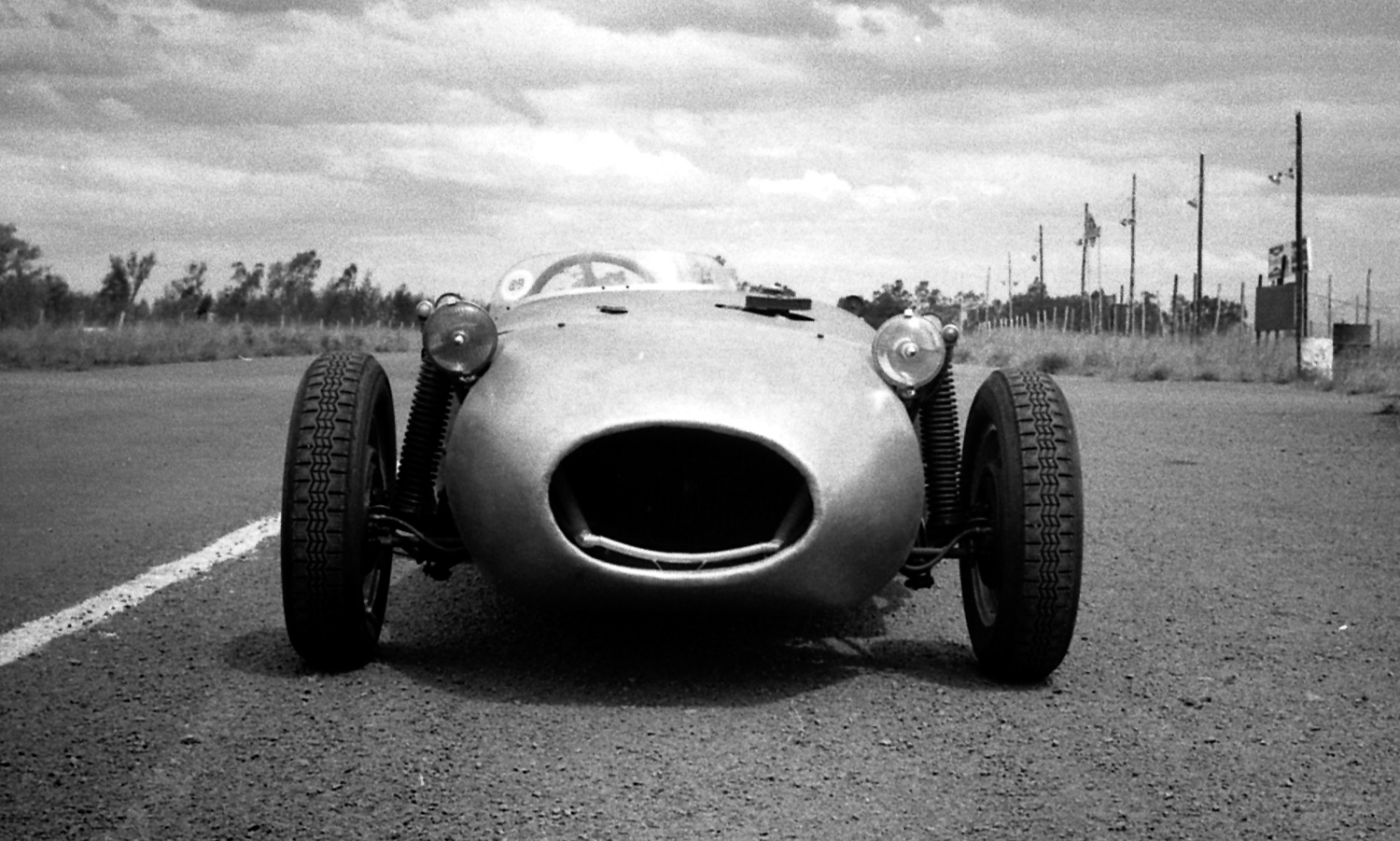
Tony Robinson the BRP man, whom Cooper had engaged on a part-time basis, thought that White and his assistant, Bob Marston, were good men but lacked F1 experience. However, it was common knowledge that John Cooper did not get on well with him as a result of his fastidious work when Cooper demanded urgent quick fixes.
At Coopers, during their declining years, White went on to designing the unsuccessful Cooper T86B BRM but then left to join Surtees on the Honda/Lola projects.
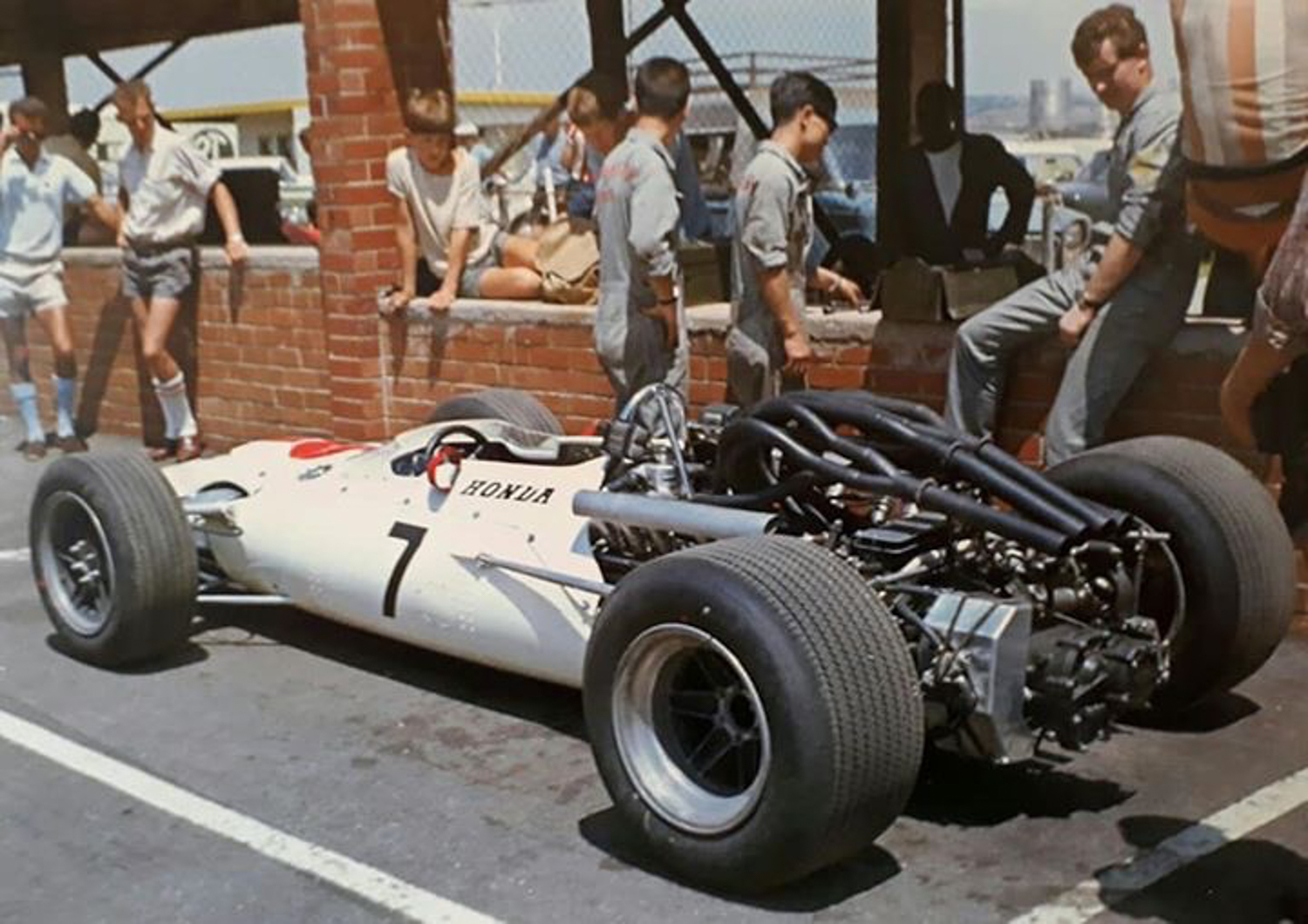
Besides designing and building racing cars he did some low key racing himself in a self-built 750 formula car in the UK.
After his Formula One ‘career’ White moved to British Leyland and was involved with Standard Triumph cars. White was inclined to work very long hours while pondering his design ideas and this combined with a nervous temperament was to have a negative effect on his health and he suffered from debilitating migraines.
His health was always considered fragile and he was to die from a brain infection when he was only 41-years old.
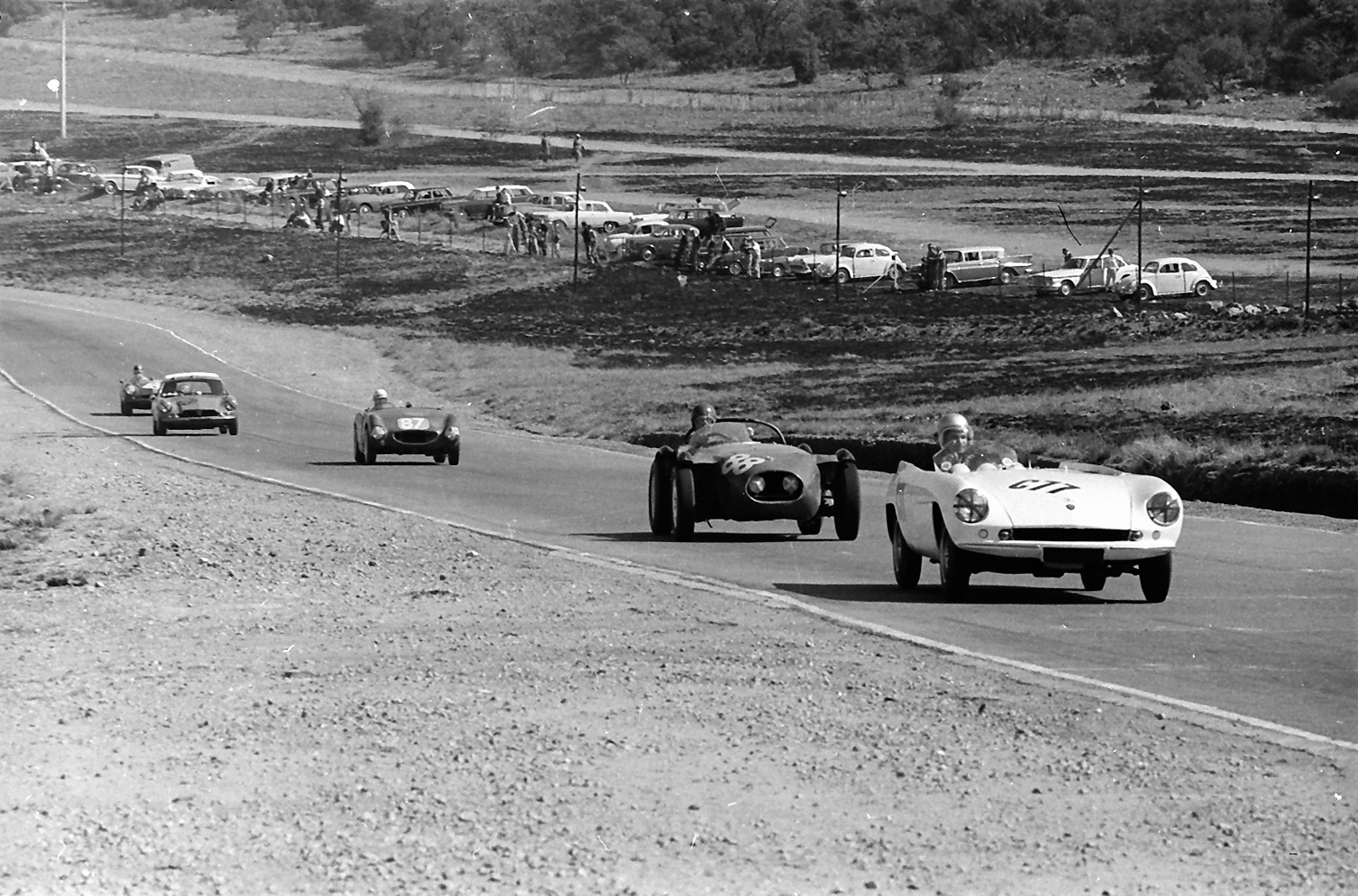
During its relatively long racing career his inexpensive “bare bones” machine changed names as it moved from owner to owner and was called the Anglia Special, the Consul Special and J.L.C. Special. While many local racing enthusiasts knew that the low profile Derrick White had designed it, few knew of his later achievements as a racecar designer.


